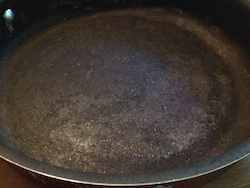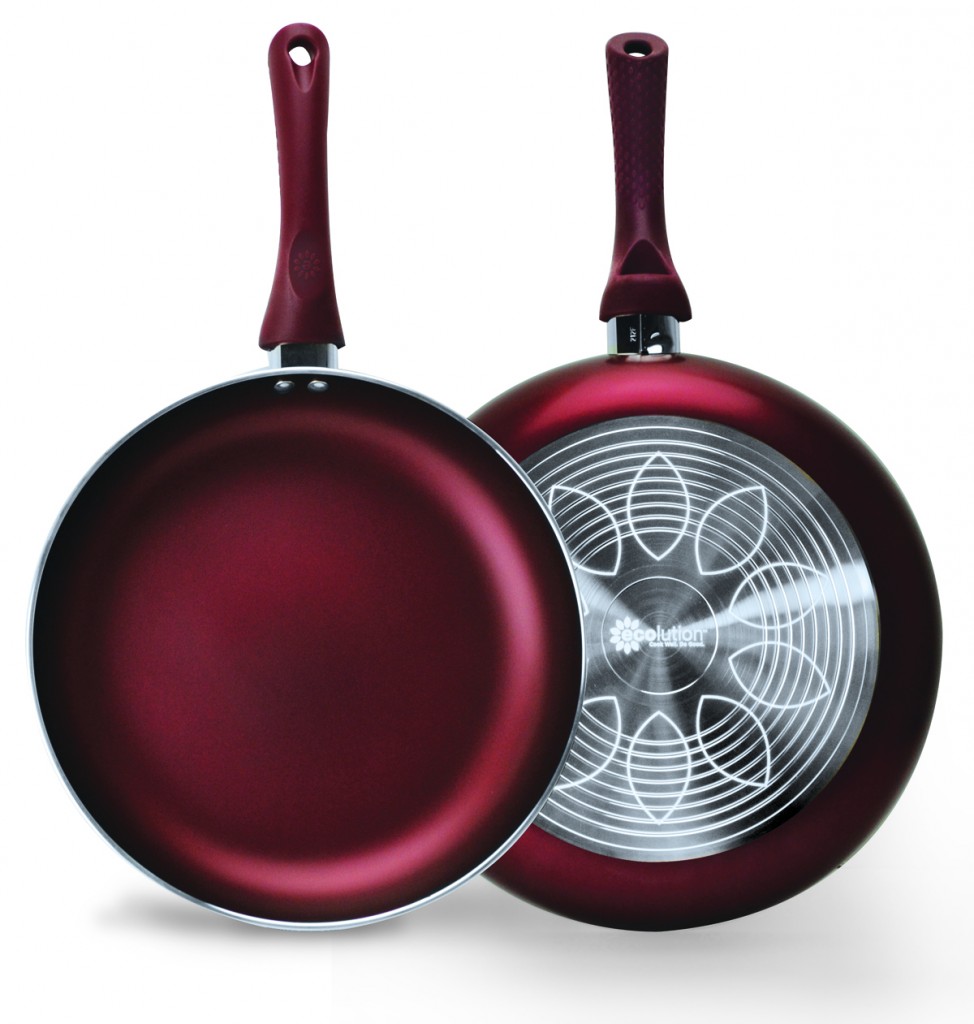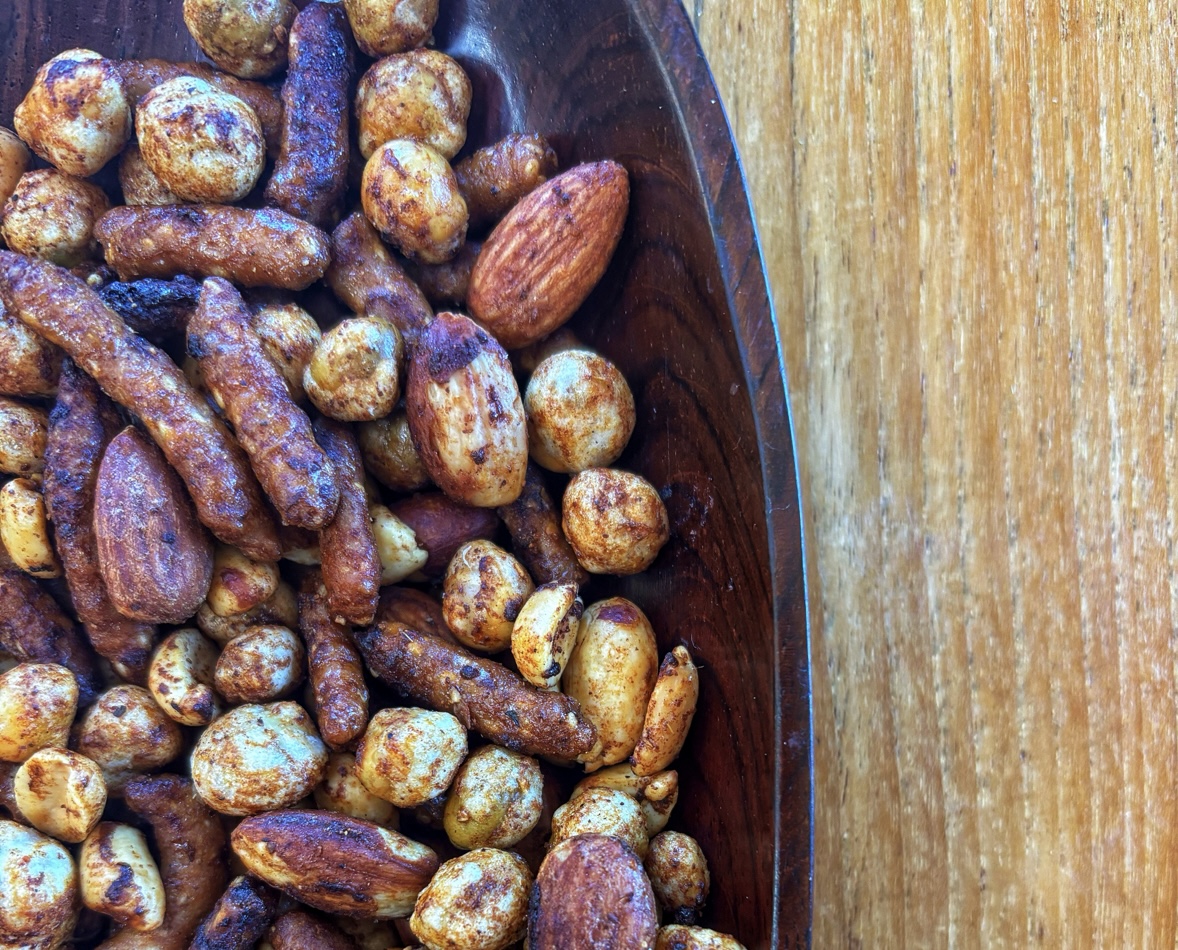Is that nonstick peeling off your pans? Does it just not work like it used to? Are you looking to purchase new cookware, but wonder what to look for when it comes to nonstick? We turn to Brian Melzer of Epoca International Inc. to learn more about nonstick. Here he provides Family Eats with five tips on knowing when to replace your nonstick, along with insight on how to best take care of your nonstick.
1. Simply put: Replace your nonstick cookware when it no longer works.
Most quality nonstick frying pans should last 7-10 years if properly cared for, but the efficiency of the nonstick typically starts to decline halfway through that life. It is that half-life, at 3 ½ to 5 years, when a consumer may see lower performance in heir nonstick. As a general rule, replace your cookware when you are noticing that the nonstick doesn’t work any longer. And always remember, nonstick should never peel.
2. Buy a brand you can trust.
There is quite a range of quality when it comes to nonstick coatings. Care must be taken in the manufacturing process to ensure that the nonstick coating is properly adhered to the cookware so that it doesn’t peel or deteriorate soon after the pan is purchased. Unfortunately, it is difficult for consumers to determine the process in which the manufacturer adheres the nonstick to the cookware. For this reason, it is essential that when you are buying nonstick for home use, buy from a brand that you trust and not a private label brand.
3. Pick the best pan for your purpose. You don’t need nonstick on everything.
Remember that you don’t need a nonstick coating on all your pots and pans. Cookware manufacturers offer a plethora of different materials that will allow you to cook optimally. For example, the nonstick 8” frying pan and the 11” omelet pan, are essential nonstick pans for the kitchen. Although, it is all about preference — You could also use a cast iron fry pan, which when properly seasoned, offers nonstick cooking. At the same time, when you’re boiling boil water for pasta or steaming, there is no need for nonstick. Instead, choose a stainless steel stock pot without nonstick. Our Ecolution brand offers a plethora of different materials, giving consumers options depending on how they cook.
4. Look for a greener nonstick option.
PFOA is the carrying agent for the nonstick, and has been used in the application of nonstick cookware coatings for some time now. But, it is also known that PFOA (used in a variety of different applications from nail polish to dry cleaning) is a toxin, which is why manufacturers are slowly making the change to more greener nonstick options. (The EPA has required manufacturers to produce PFOA-free options by 2015).
From an eco-friendly perspective, you’ll want to by nonstick that is PFOA free. This, brings us back to the point I made earlier, stick with brand names. There are a variety of greener nonstick cookware options available on the market, and all are making strides to offer consumers the nonstick reliability they like, while being greener.
For instance, there are those PFOA-free nonstick cookware with ceramic interiors, but their durability over time has yet to be proven. We use a water-based process to adhere nonstick to the cookware, which ensures no toxins are released into the environment, and we have found long-lasting performance and releasability.
 5. Take care of your nonstick cookware!
5. Take care of your nonstick cookware!
Nonstick will not last if you don’t take care of it. For this reason, I offer a few thoughts on how to properly maintain your cookware.
Never put cold water into a hot pan. This is bad for integrity of nonstick because metal expands, and when you add cold water to a hot pan, it causes a thermal shock and will make it not work properly faster. When heated, you’ll want to let it cool naturally.
To keep a nonstick pan working well, put oil and salt on nonstick every once in a while. When a pan heats and contracts, food particles get caught in the grooves of nonstick. The salt tends to open up nonstick a bit, and reinvigorates it.
You should never cook on high heat. There simply is no reason to cook anything over 400 degrees. One of the biggest misnomers in cooking is that when the oil or butter begins to smoke, it is ready for cooking. The fact is, that if fats smoke, the heat is too high, and the chemical released in the form of smoke is bad for your respiratory system. Always keep the stove on low to medium, and never forget about the pan. Never heat the pan without anything in it!
To learn more about the Ecolution and Epoca’s Hydrolon® and Rejuva™ non-sticks visit the Epoca website.



